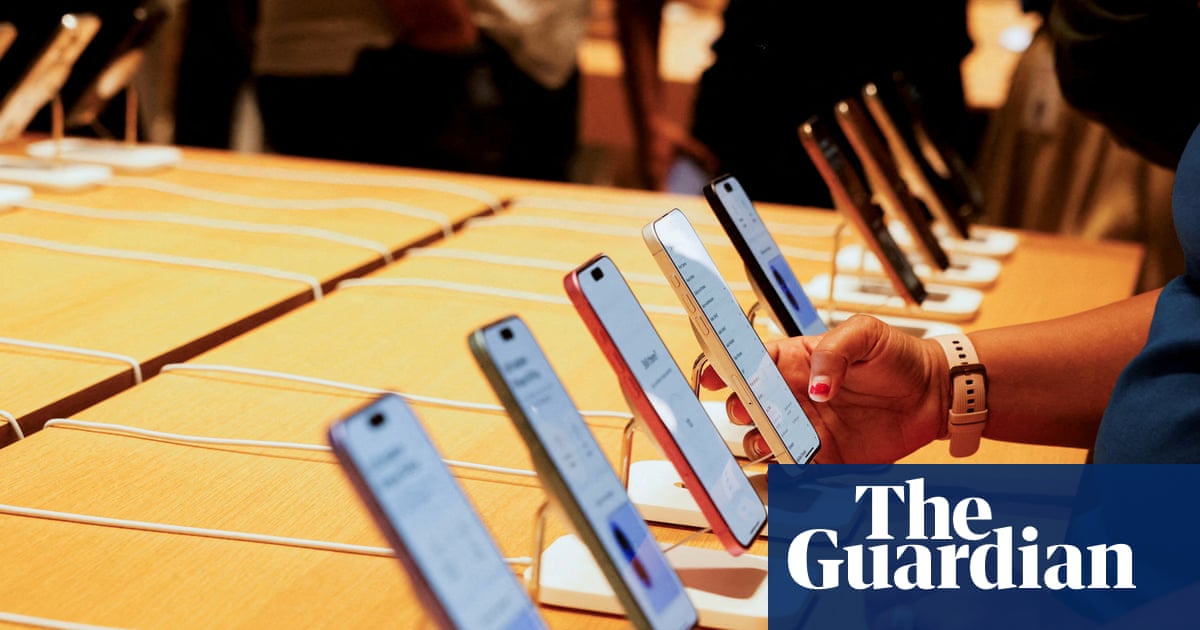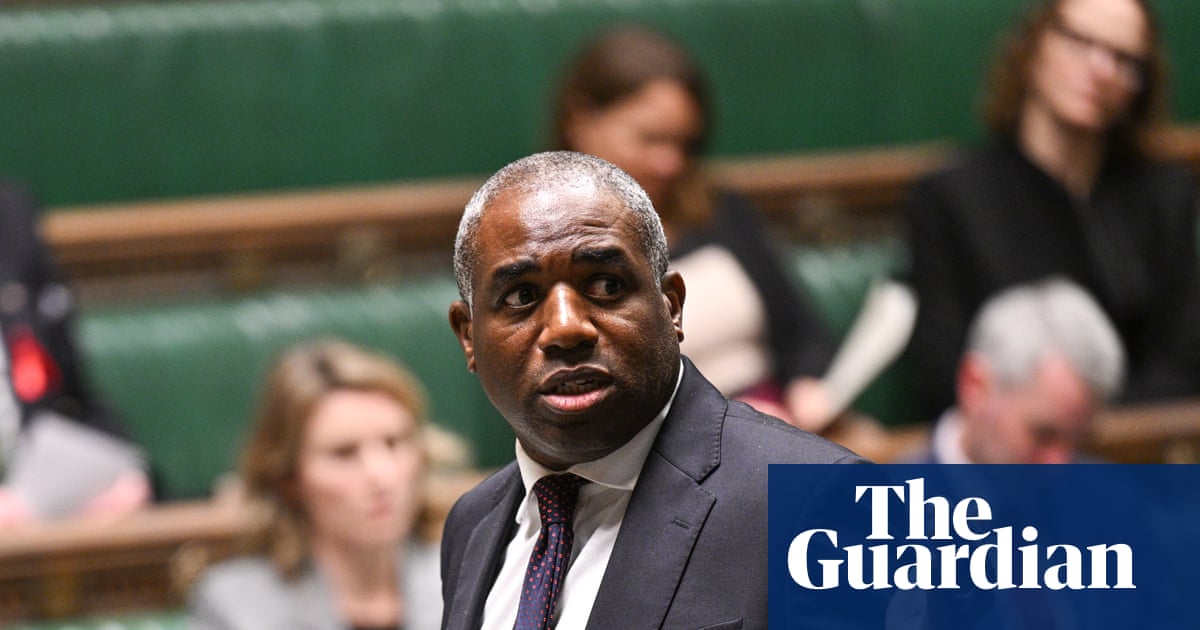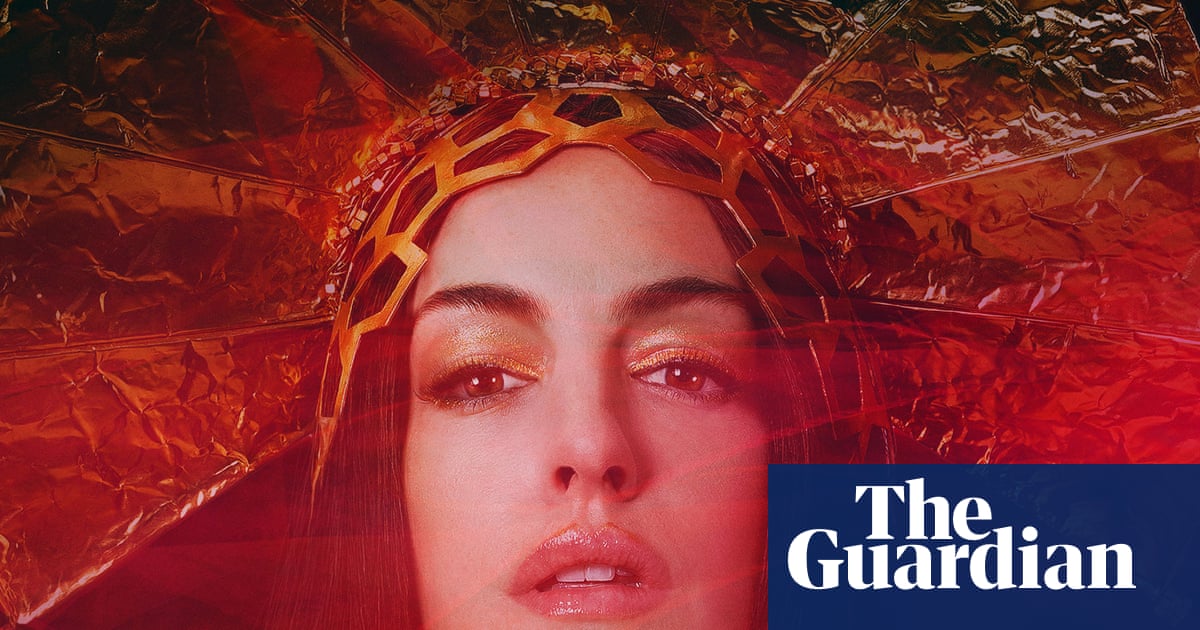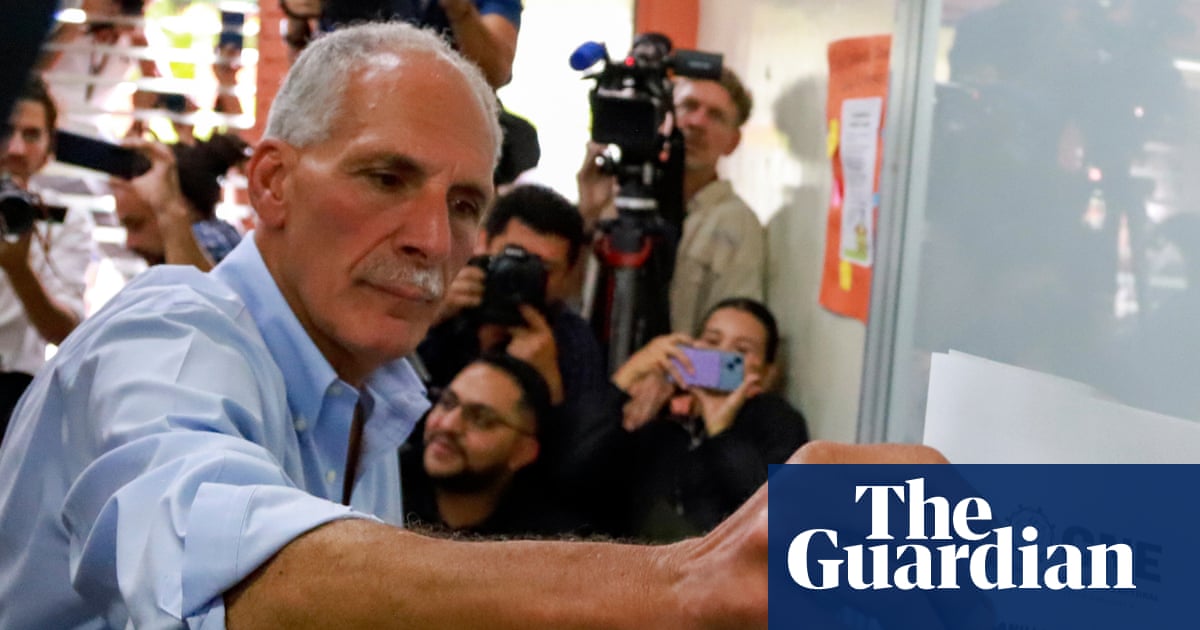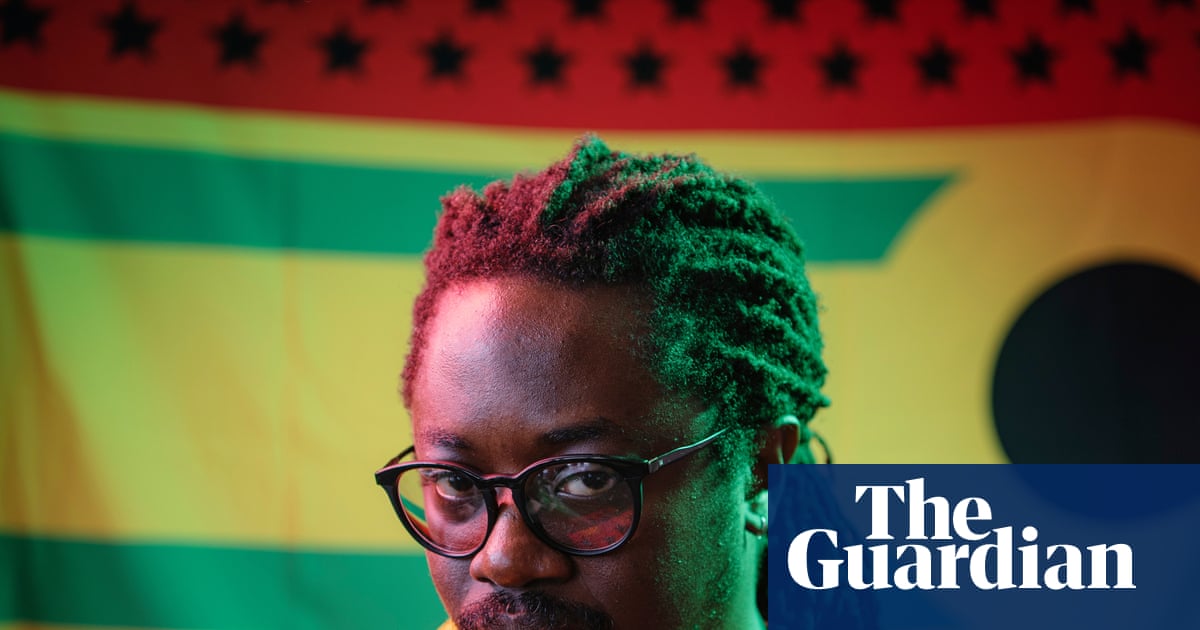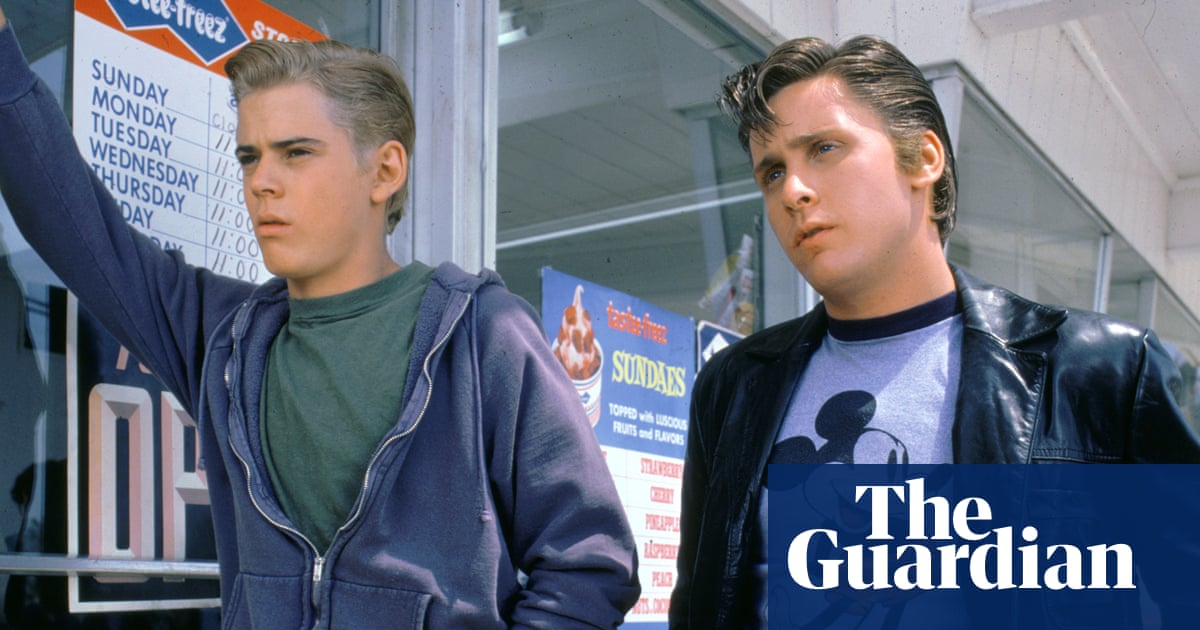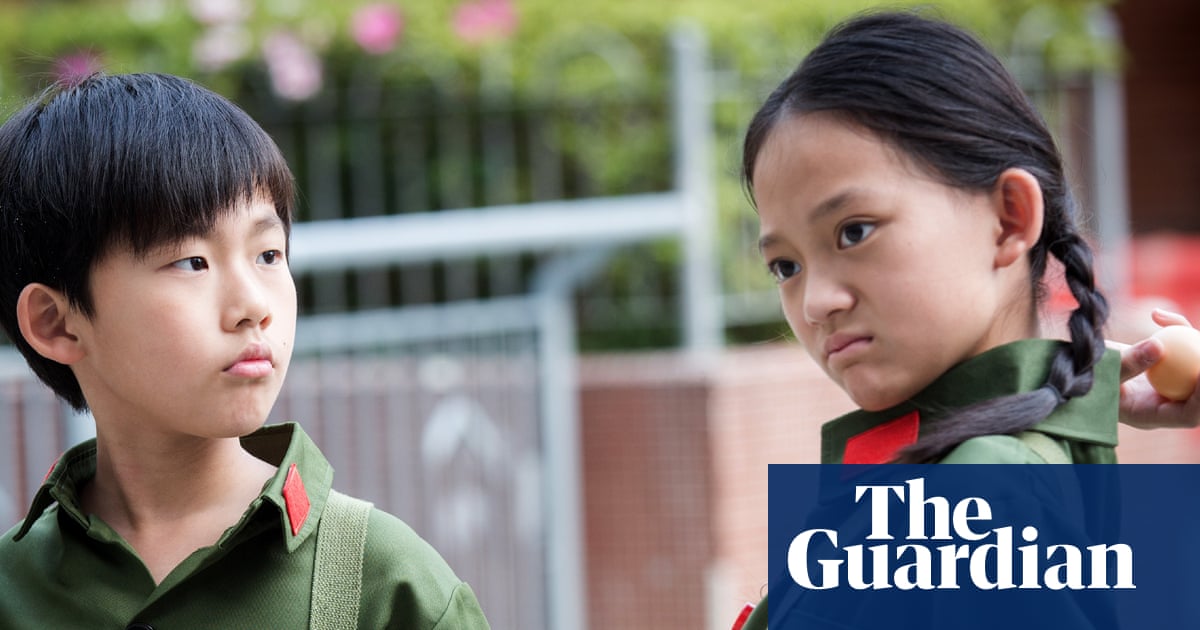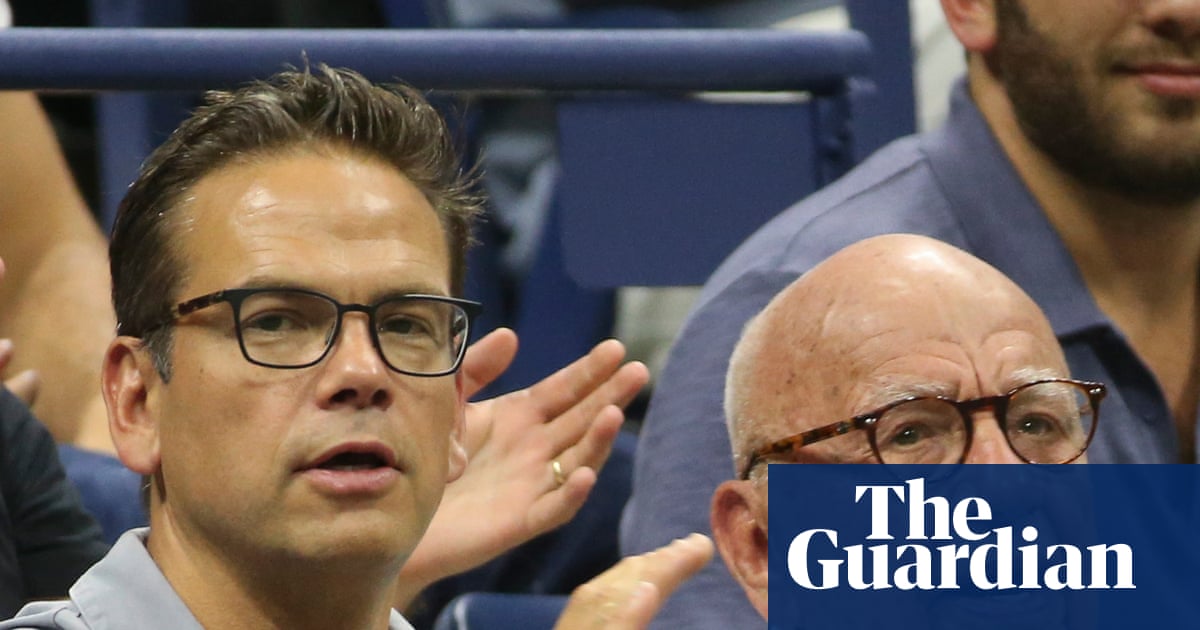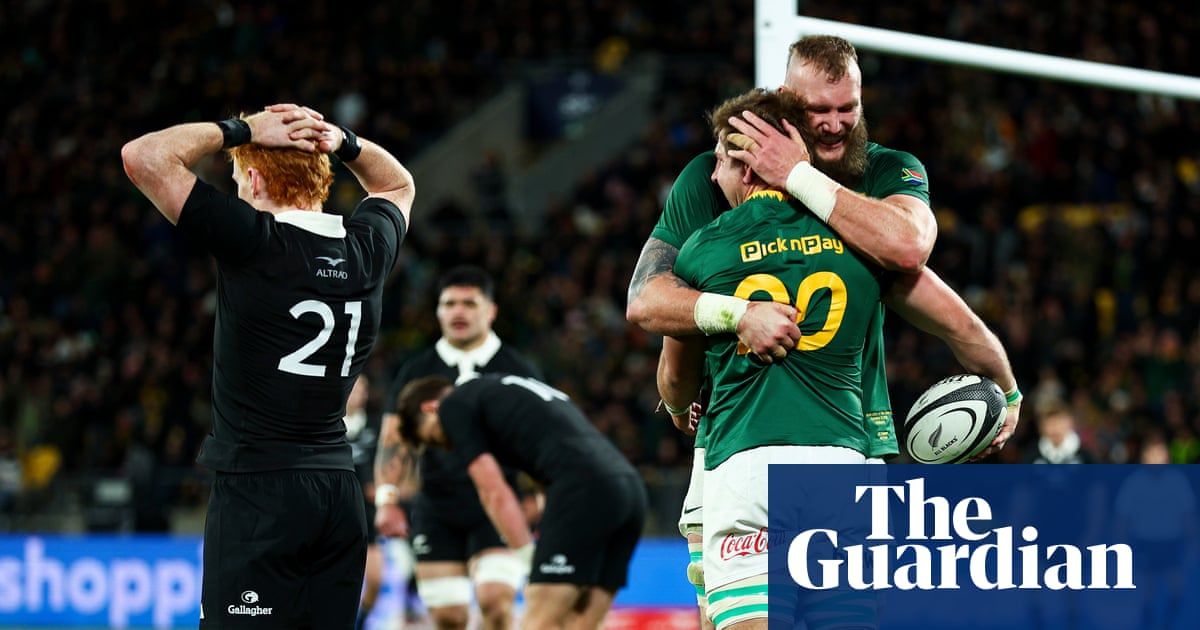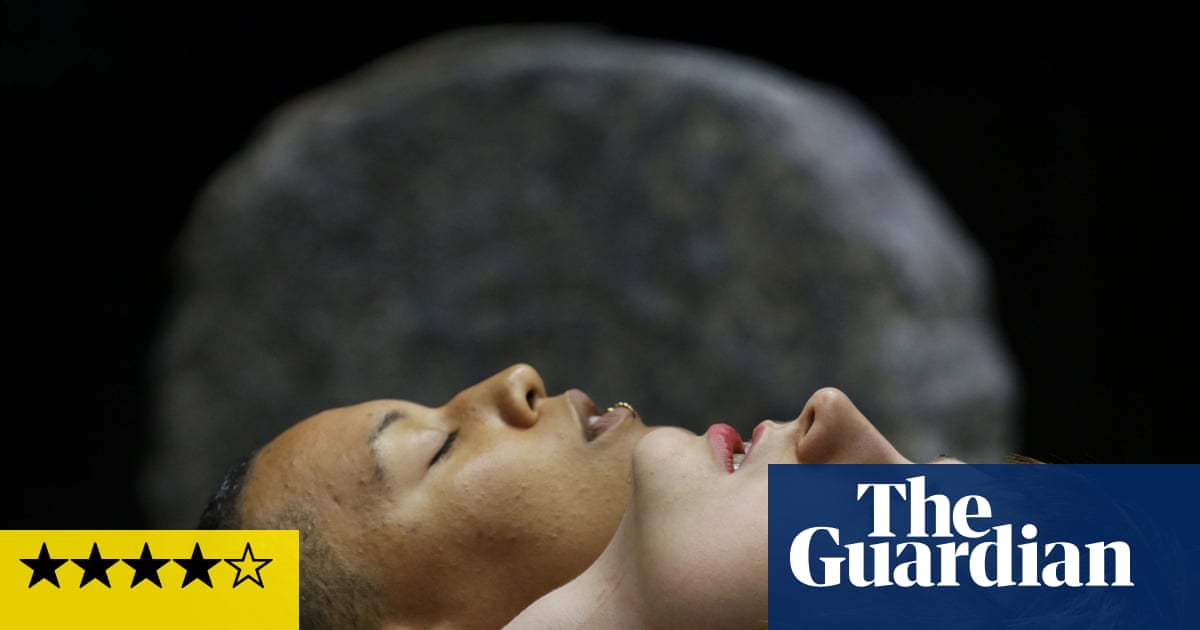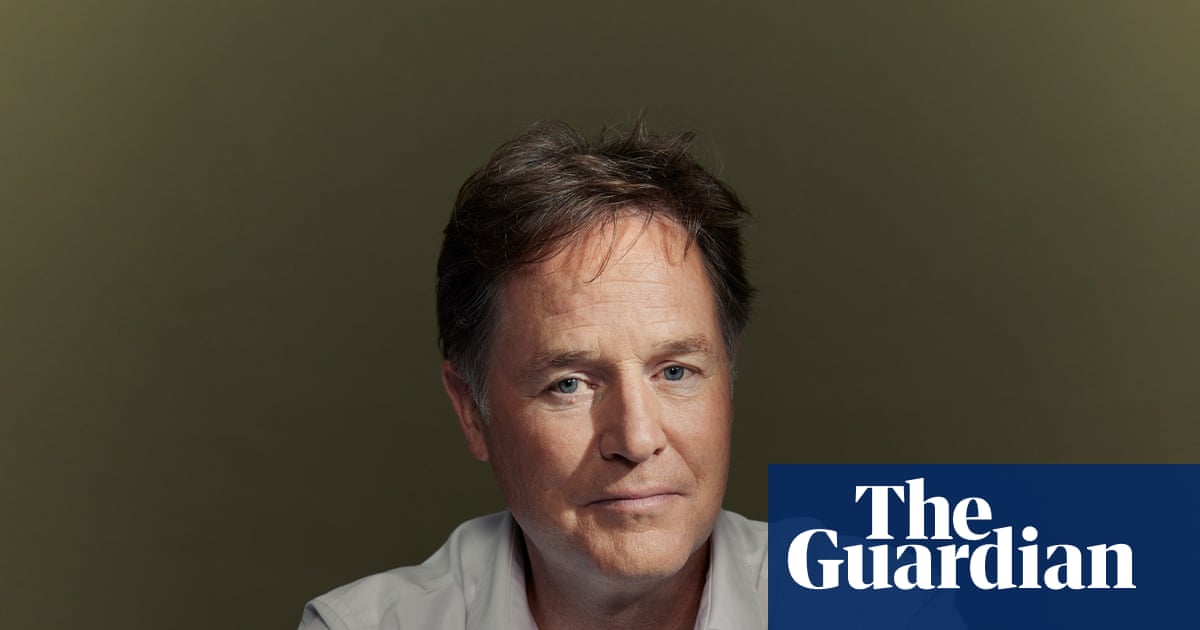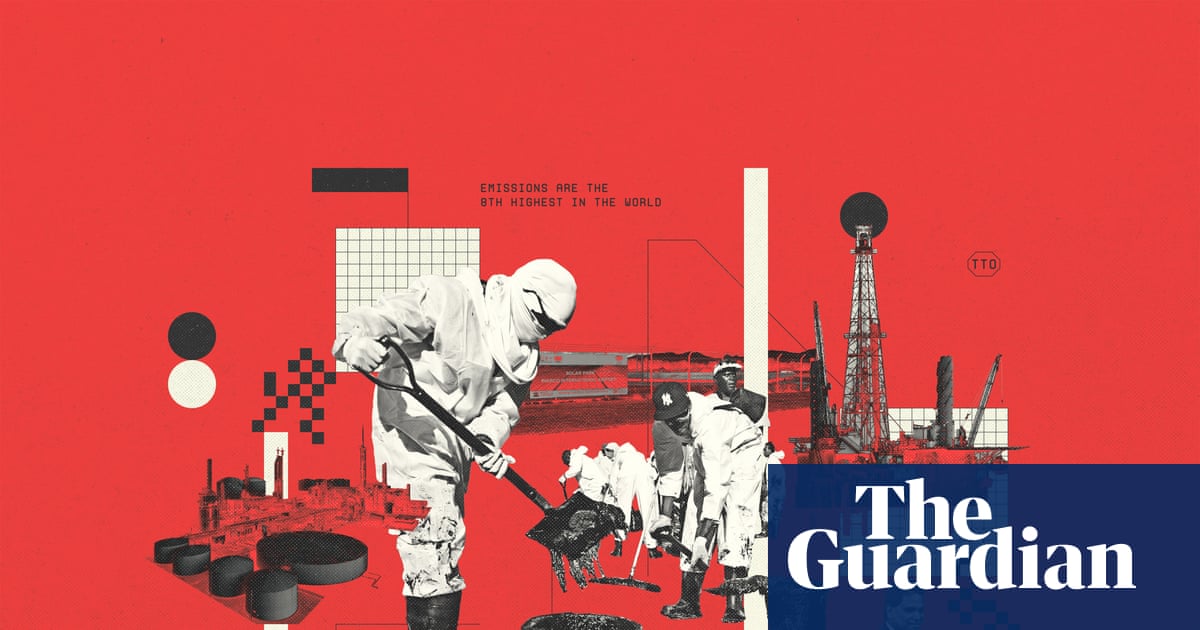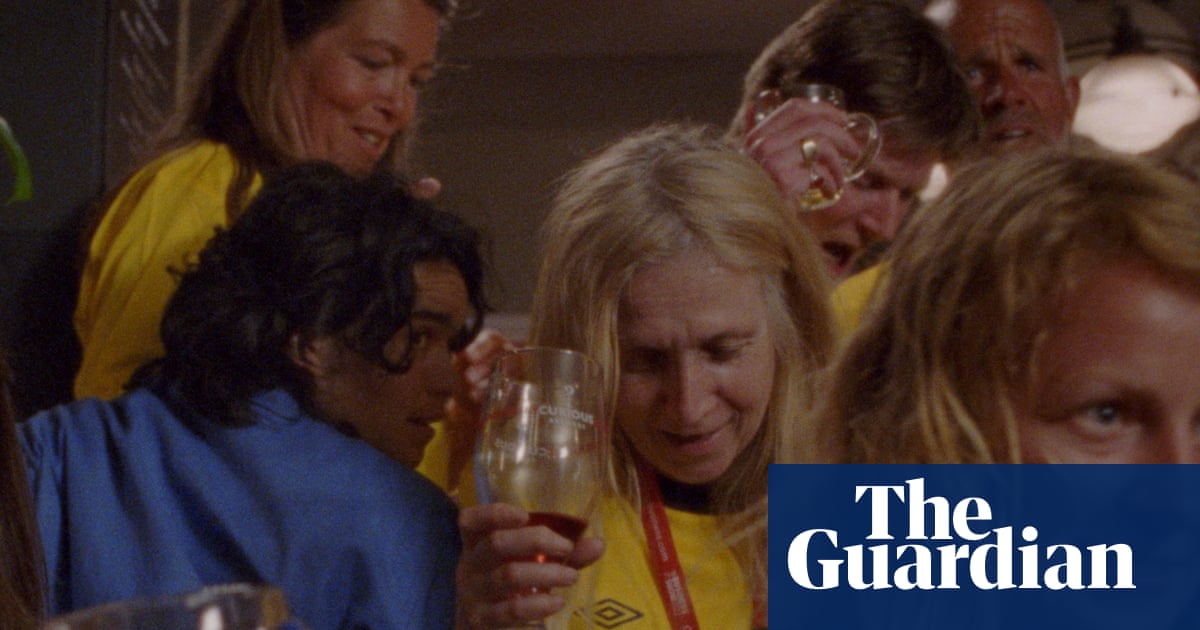The pantheon of men’s style icons is surprisingly compact. There are scores of uniquely handsome and stylish actors, pop stars, sportsmen – but when it comes to their decades-long influence and a sense of permanence unaffected by trends in fashion, three square-jawed American boys next door stand out: Paul Newman, Steve McQueen – and Robert Redford, who died yesterday at 89.
Redford’s death is, obviously, a loss to cinema. In the latter half of the 20th century, few actors so roundly embodied the soul of American film-making, or perhaps even the US itself. During a decade-long, career-defining run of hit movies, Redford established the archetype of the modern leading man. He was impossibly handsome and warmly charismatic, of course, but also scrappy, soulful, athletic, bookishly intelligent and politically aware. A matinee idol who could fix your car while reciting Walt Whitman.

But his influence spread beyond Hollywood. For the menswear fraternity, especially those remaining few tasked with publishing men’s style magazines, Redford’s death is especially poignant. He was a paragon of masculine cool and a sartorial chameleon, able to take any aesthetic trope – the cowboy, the drifter, the clean-cut executive, the coastal intellectual – and make it shine with easy authenticity.
Redford played with style, able to flit between macho tradition and 70s femininity, and always with innate sex appeal
Redford’s breakout role came in 1969 as the Sundance Kid, opposite Newman’s Butch Cassidy, in a film that remodelled the cowboy for 1960s pop culture. The pair were smart, irreverent and sensitive, dressed as much for Greenwich village as the OK Corral.
In the same year, Redford popped up in the Swiss Alps as part of a fictitious Olympic ski team in Downhill Racer, swapping jumbo corduroy prairie-wear for a clean shave and one of the many singular garments that would gradually serve as tent poles for his sartorial lore. There are whole webpages dedicated to the shearling coat Redford wears in the movie, which is just a nice shearling coat. But on him it was somehow more. In case you want to buy your own, sleuths have deduced that the coat had western pointed yokes, set-in sleeves with plain cuffs and pile-lined curved welts. But actually, it’s the garment’s blue-eyed contents that gives it such appeal.
after newsletter promotion
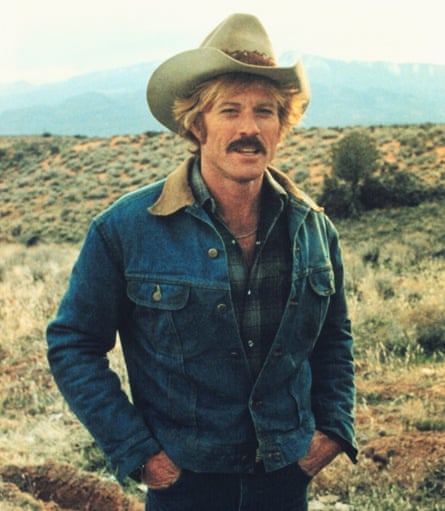
Style sleuths can make further deep-dives, searching online, in no particular order, for: the kind of leather flight jacket Redford wore in The Great Waldo Pepper – a faithful replica of which is available from clothier Bill Kelso MFG for £1,085; the denim trucker jacket he wore in The Electric Horseman – a blanket lined “Storm Rider” by Lee, allegedly, and the navy flannel shirt he wore in The Way We Were, which is thought to have been sourced from US navy surplus.
Redford was a phenom in suit separates, too, as demonstrated by a distinct “blazered Boy Scout era” in the 70s that featured Three Days of the Condor, All the President’s Men, and The Candidate. In each, Redford toils against some form of shady, systematic oppression in impeccable tweed, wool, or corduroy tailoring, which is invariably cast off in exasperation at some point in act three.
Redford’s most assuredly menswear-y movie was, of course, 1974’s The Great Gatsby, which received little fanfare from the critics, but has become something of a sacred work for those interested in the history of men’s style, or at least a lurid interpretation of it. The wardrobe was largely supplied by American brand Ralph Lauren and serves as a sartorial time capsule from the roaring 20s, via the Hollywood mainstream.
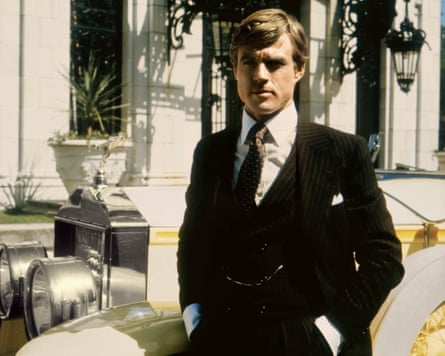
As Redford’s career progressed into the 1980s and 90s, his vibe – on screen and off – became more statesmanlike, and his style followed suit. Off-screen, he fused elements of workwear, western-wear and preppy tailoring separates that were true to the late mid-century but somehow more substantive when worn by him. Cowboy boots, blue jeans, button-down shirts, sporty tweed jackets, aviator-frame sunglasses, chunky steel dive watches … a porno-adjacent moustache and that mop of strawberry-blond hair. Redford played with style, able to flit between macho tradition and 70s femininity, and always with innate sex appeal.
As he got older, that meant fewer flares and shirts open to the navel, and more sensible sweaters and muted suits. There were still occasional flashes of the dandy of old, most notably in 2001, when Redford starred opposite Brad Pitt in thriller Spy Game. The film harked back to his run of paranoid spy stories three decades before, and in turn, the chicly attired Boy Scout reappeared, replete with the aviators, the preppy tie, the floppy hair and even a tweed blazer.
The film feels like a cinematic passing of the torch, a transference of tousle-haired heart-throbbery. The pair look so shockingly alike, but handsome as he is, it’s hard to imagine Pitt having the same sartorial – or perhaps even cinematic – legacy. In fact, it’s hard to think of any living soul ever coming close.
Charlie Teasdale is a writer, stylist and consultant, and the former style director of Esquire
To read the complete version of this newsletter – complete with this week’s trending topics in The Measure – subscribe to receive Fashion Statement in your inbox every Thursday.

.png) 2 months ago
58
2 months ago
58
